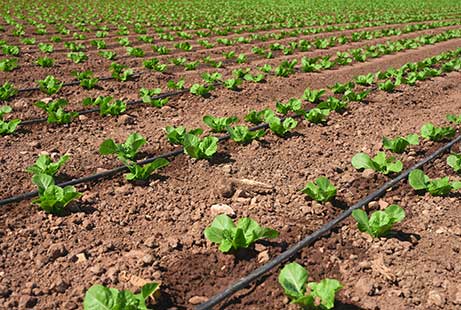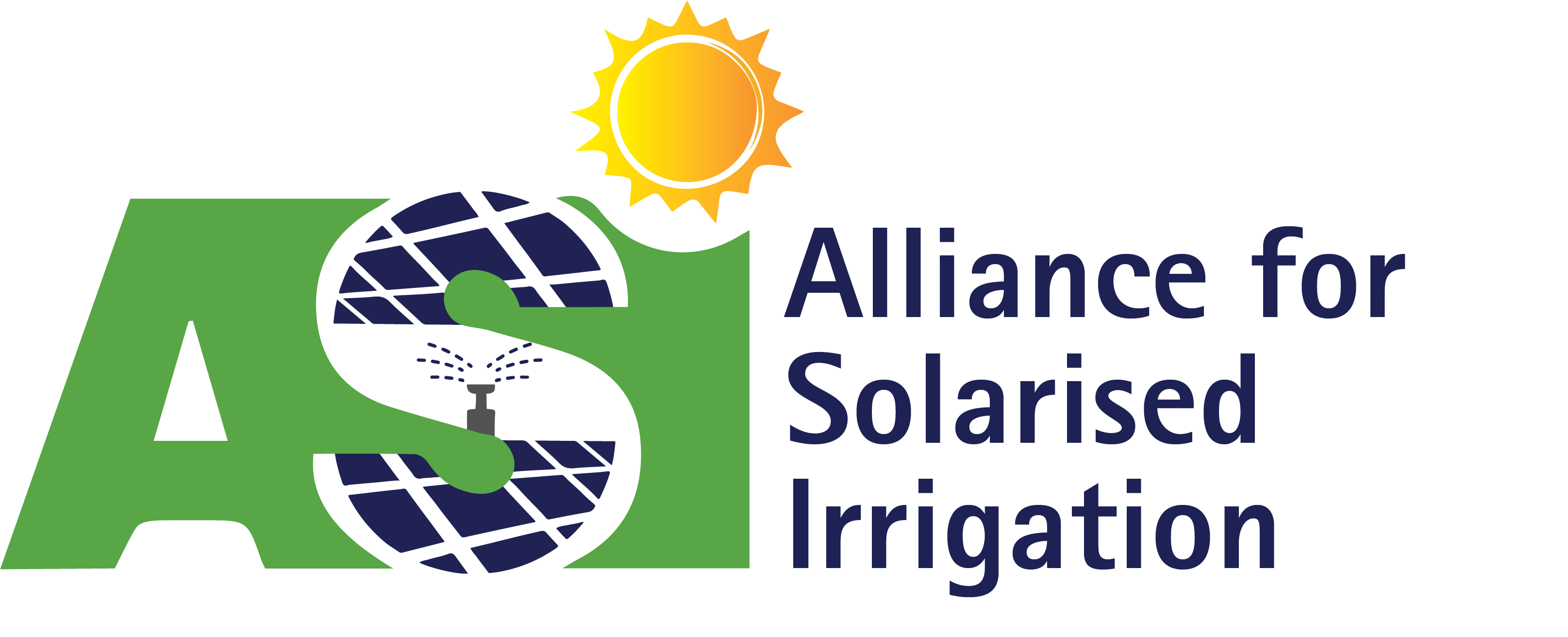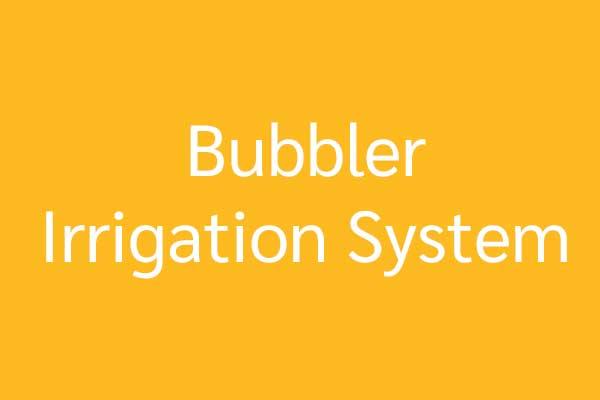
Micro irrigation is the slow application of continuous drips, tiny streams or miniature sprays of water above or below the soil surface. Micro irrigation system is effective in saving water and increasing water use efficiency as compared to the conventional surface irrigation method. Besides, it helps reduce water consumption, growth of unwanted plants (weeds), soil erosion and cost of cultivation. Micro irrigation can be adopted in all kinds of land, especially where it is not possible to effectively use flooding method for irrigation. In flooding method of irrigation, a field is flooded with water. This results in significant run-off, anaerobic conditions in the soil and around the root zone, and deep irrigation below the root zone, which does not supply sufficient water to the plants. It is, therefore, one of the most inefficient surface irrigation methods. Micro irrigation can be useful in undulating terrain, rolling topography, hilly areas, barren land and areas having shallow soils.
Types of Micro Irrigation
Drip Irrigation System
Drip irrigation system, also known as ‘trickle irrigation system’, is a method of applying the amount of water directly to the root zones of plants through drippers or emitters at frequent intervals. In this system, water is applied drop-by-drop or by a micro jet on the soil surface or sub-surface at a rate lower than the infiltration rate of the soil. The emitters dissipate pressure from the distribution system by means of orifices, vortexes and tortuous or long flow paths, thus, allowing a limited volume of water to be discharged. Most emitters are placed on ground, but they can also be buried. The emitted water moves within the soil system largely by unsaturated flow. The water moves into the soil and wets the root zones of plants vertically by gravity and laterally by capillary action. The lateral movement of water beneath the surface is greater in medium to heavy soil as compared to sandy soil. Drip irrigation can be used on windy days and during various land operations.


Sprinkler Irrigation System
Sprinkler irrigation is a method of applying water in a manner similar to rain. It is suited for most row, field and tree crops. Water can be sprayed over or under the crop canopy. If a site is known to be windy most of the time, sprinkler irrigation will not be suitable. The sprinkler breaks up the water into droplets sized 0.5–4 mm. The drop size is controlled by pressure and nozzle size of the sprinklers. The average rate at which water is sprayed onto the crops is measured in mm/hour.
Bubbler Irrigation System
Bubblers are used to irrigate bigger areas and apply water on ‘per plant’ basis. Water from the bubbler head either runs down from the emission device or spreads a few inches in an umbrella pattern. Bubbler emitters dissipate water pressure through a variety of diaphragm material (a silicon diaphragm inside an emitter flexes to regulate water output) and deflect water through small orifices. Bubbler emission devices are equipped with single or multiple port outlets.
These types of systems are required when the water flow should be large and there is very less time on irrigation.




